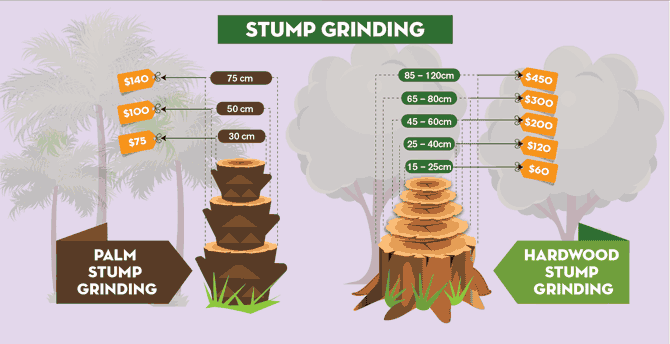Guarding Your Landscape: Replanting After Tree Removal
Guarding Your Landscape: Replanting After Tree Removal
Blog Article
Post Produced By-Hartley Gravesen
Tree elimination can leave a gap in your landscape that needs filling. You can plant something new because room, yet it takes extra care and interest at the starting to help it flourish.
The soil in that area will maintain changing in time as microbes break down the old origins. That can affect the vitamins and mineral balance and physical space for new growth.
Soil
The dirt in a plot where a tree has been eliminated is likely to be extremely various from the rest of your yard or lawn. The origins of the old tree and the stump will have changed the dirt, removing some nutrients and perhaps crowding out various other plants. In addition, if the previous tree was infected, the transmittable agent may still be in the ground.
The visibility of roots fosters a rich and varied community of soil microbes that boosts crucial processes like nutrition cycling and organic matter decay. Without these bacteria, the displaced soil can become less fertile and nutrient-depleted, with an adverse impact on plant growth.
Prior to replanting, the soil must be removed of particles and natural material (such as wood chips from stump grinding). You may desire to mix in potting dirt or native dust with this garden compost to provide your new growing with an environment that is well balanced and full of nutrients.
Water
Tree origins soak up large amounts of water from the soil. This process likewise includes nutrients back to the dirt, particularly nitrogen, which is necessary for new trees and plants. Sadly, old soil can be diminished of these crucial minerals as a result of the worn out origins and stump from an eliminated tree.
This is why it's important to have a prepare for the future of your landscape. Preferably, the best time to plant is when you have a clean slate.
Whether you're growing yard or flowers, see to it to utilize a soaker hose pipe to prevent overwatering your brand-new landscape design. If the area was a yard, make sure to cover the dirt with organic mulch to aid keep dampness in the soil, control dirt temperature levels and suppress weeds. This likewise supplies a layer of defense for young plants and promotes worm activity. Then, on a regular basis replenish the mulch to proceed boosting the dirt nutrient thickness and microbial life. This is known as soil restoration.
Light
Trees are a fantastic addition to any landscape, providing color, visual pulchritude, and many various other benefits. Nonetheless, in some cases trees become undesirable due to a selection of reasons, consisting of illness, parasite invasions and all-natural aging.
In such cases, it may be essential to eliminate a tree. It is very important to think about the worth of a particular tree in your landscape design and take the appropriate actions to make sure that the elimination is done securely and efficiently.
During the late summer, it's an excellent time to carry out maintenance and assessments on existing trees. Search for signs of condition, insect infestations, or structural damage, in addition to any type of possible risks such as weakened or leaning trees.
Prior to beginning any kind of building jobs, be sure to shield the origin areas of existing trees by preventing soil compaction and rating around them. please click the next website page , as it breaks down, can produce poisonous gases that are damaging to the roots of a tree. It's additionally a great idea to mulch the location around a tree after building and construction has actually finished to save moisture and subdue weed growth.
Temperature level
Trees are important to a landscape for their aesthetic allure, yet they also play an essential duty in the neighborhood community by providing color and windbreaks. They sustain wildlife environments and reduce the amount of carbon dioxide airborne, which can add to worldwide warming. This is why it is recommended to replant trees after eliminating one from the home.
When replanting a new tree in the place of a previous stump, the dirt might not have enough nutrients to sustain it. It is best to await a year prior to growing to ensure that the soil will certainly be abundant in nutrients.
To make sure that replanted trees thrive, it is essential to offer them with proper care. A layer of mulch will maintain soil moisture from vaporizing, control dirt temperature, and help suppress weeds. Organic compost is the preferred choice due to the fact that it enhances soil fertility. Continuous fertilizing and insect control are also essential for replanted trees.